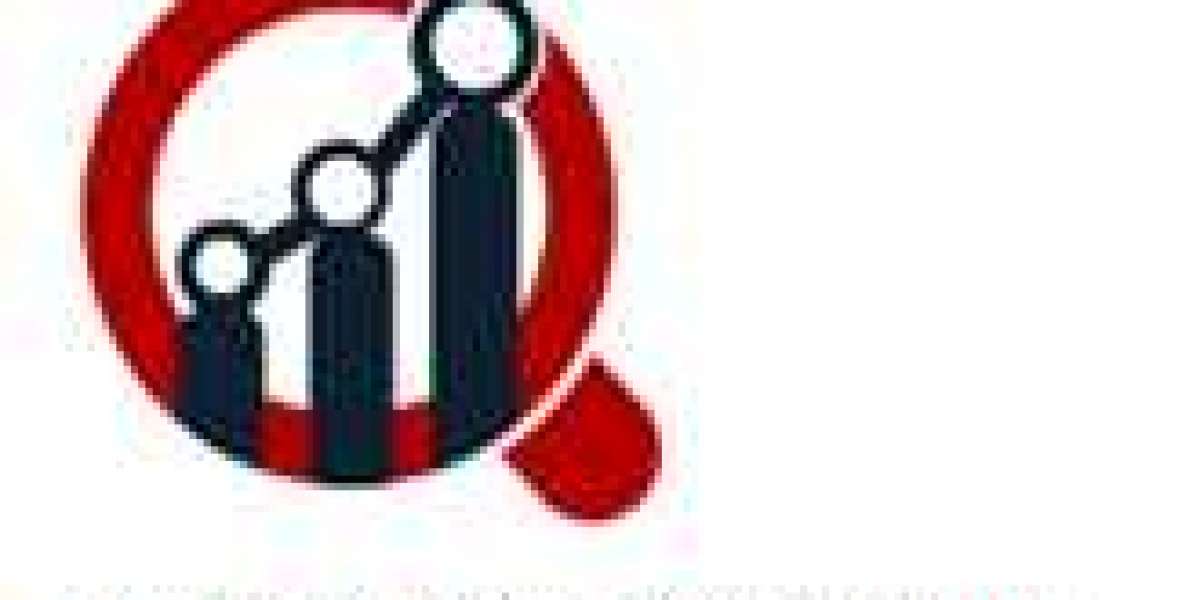Why is the Global JAK Inhibitor Drug Market Experiencing Such Robust Growth?
The global Janus Kinase (JAK) inhibitor drug market is currently a hotbed of innovation and commercial expansion, projected to escalate significantly from an estimated $23.76 billion in 2025 to $47.82 billion by 2029, demonstrating a robust compound annual growth rate (CAGR) of around 19.1%. This vigorous growth is driven by several critical factors, solidifying JAK inhibitors' position as a cornerstone in the treatment of various inflammatory, autoimmune, and oncological conditions.
Foremost among these drivers is the escalating global prevalence of autoimmune diseases. Conditions such as rheumatoid arthritis, psoriatic arthritis, atopic dermatitis, ulcerative colitis, and Crohn's disease affect millions worldwide, creating a substantial and continually growing patient population in desperate need of effective therapeutic options. JAK inhibitors offer targeted relief by modulating the immune system and mitigating inflammation, addressing the root causes of these debilitating disorders where conventional treatments may fall short or cause unacceptable side effects.
Furthermore, significant advancements in biopharmaceutical research and development are continuously expanding the understanding of the JAK-STAT signaling pathway's intricate role in disease pathology. This deeper scientific insight is directly translating into the development of more precise and selective JAK inhibitors, capable of targeting specific isoforms (JAK1, JAK2, JAK3, TYK2) with greater specificity. This focus on "next-generation" selective inhibitors aims to improve safety profiles by minimizing off-target effects, a crucial factor influencing regulatory endorsements and physician adoption. The robust pipeline of emerging JAK inhibitors, with numerous candidates in various stages of clinical trials (including promising compounds like Povorcitinib, CPL409116, and Ritlecitinib), underscores the ongoing investment and belief in this drug class.
The unmet medical needs in fields like rheumatology and dermatology, coupled with the increasing demand for personalized and precision medicine, also serve as powerful market accelerants. JAK inhibitors, by targeting specific signaling pathways, align perfectly with the shift towards tailored therapies based on individual patient profiles, offering a more effective and nuanced approach to disease management. The convenience of oral administration for most JAK inhibitors further enhances patient adherence and preference compared to injectable biologics, boosting their market appeal.
What Cutting-Edge Technological and Strategic Trends are Shaping the JAK Inhibitor Market?
The Janus Kinase (JAK) inhibitor market is dynamic, characterized by a confluence of technological advancements and strategic shifts aimed at optimizing patient outcomes and market positioning.
A paramount trend is the development of novel selective JAK inhibitors to address safety concerns that have arisen with some earlier, less selective compounds. The pharmaceutical industry is heavily invested in designing molecules that specifically target one or two JAK isoforms (e.g., highly selective JAK1 inhibitors), aiming to maintain potent efficacy while reducing the risk of adverse events such as major adverse cardiovascular events (MACE), venous thromboembolism (VTE), and certain infections, which have been observed with pan-JAK or less selective inhibitors. This focus on improved safety profiles is critical for expanding the long-term use and broader acceptance of JAK inhibitors, and numerous companies like Pfizer, AbbVie, Eli Lilly, and Incyte are leading these efforts.
Another significant technological advancement lies in the progression of extended-release formulations for existing JAK inhibitors. These formulations enhance patient convenience by allowing for less frequent dosing (e.g., once daily), which can significantly improve medication adherence in chronic disease management. This focus on optimizing drug delivery further strengthens the competitive edge of JAK inhibitors.
The integration of Artificial Intelligence (AI) in JAK inhibitor drug discovery is revolutionizing the research and development pipeline. AI algorithms can rapidly analyze vast datasets of molecular structures, predict binding affinities, and simulate drug interactions, drastically accelerating the identification of promising new drug candidates with desired selectivity and efficacy. This AI-driven approach streamlines the drug development process, reducing both time and cost, and enabling the exploration of novel targets within the JAK-STAT pathway.
Strategically, the market is witnessing expansion in clinical trials for JAK inhibitor pharmaceuticals across a wider range of indications. Beyond their established use in rheumatoid arthritis, psoriatic arthritis, and ulcerative colitis, JAK inhibitors are being investigated for conditions like alopecia areata, vitiligo, lupus, and even certain oncological applications (e.g., myeloproliferative neoplasms and some solid tumors). For instance, Pelabresib in combination with ruxolitinib has shown promise in treating JAK Inhibitor-Naïve Myelofibrosis. This continuous expansion into new therapeutic areas broadens the addressable patient population and diversifies revenue streams for pharmaceutical companies.
Furthermore, regulatory endorsements for JAK inhibitors in specific indications continue to play a pivotal role in market growth. As new safety data emerges and more selective compounds are developed, regulatory bodies are carefully evaluating the benefit-risk profiles, paving the way for new approvals and updated guidelines that shape clinical practice. The increasing demand for personalized medicine is also influencing the market, with efforts to identify biomarkers that predict patient response to specific JAK inhibitors, thereby tailoring treatment more precisely.
What are the Key Challenges and Future Opportunities in the JAK Inhibitor Market?
Despite the robust growth and innovative advancements, the JAK inhibitor market faces certain challenges while simultaneously being ripe with future opportunities.
One of the primary challenges revolves around safety concerns and evolving regulatory scrutiny. While newer, more selective JAK inhibitors aim to mitigate risks, long-term safety data, particularly concerning cardiovascular events, venous thromboembolism (VTE), and infection risk, remains a critical area of ongoing surveillance and discussion. Regulatory bodies globally continue to issue warnings or mandate updated prescribing information based on real-world evidence and clinical trial data, which can impact market perception and physician prescribing habits. This necessitates continuous pharmacovigilance and robust post-market studies.
Another challenge is the increasing competition from other advanced therapies, including biologics and emerging novel small molecules. The autoimmune and inflammatory disease landscape is highly competitive, with a growing number of therapeutic options. This competitive pressure demands ongoing innovation and strong clinical differentiation for JAK inhibitors to maintain their market share. The patent expiry of some earlier JAK inhibitors also introduces the challenge of biosimilar competition, which could impact pricing and market dynamics.
However, significant opportunities exist. The ongoing growth of biopharmaceutical research and development, coupled with the integration of artificial intelligence into drug discovery, promises to yield even more refined and safer JAK inhibitors. This includes the exploration of novel drug delivery systems beyond oral formulations, potentially topical or localized applications for specific conditions.
The increasing demand for personalized medicine is a major opportunity. As genetic and molecular profiling becomes more routine, the ability to predict which patients will respond best to a specific JAK inhibitor, or who might be at higher risk for side effects, will revolutionize treatment selection. This precision approach will maximize therapeutic benefit and minimize adverse outcomes.
Furthermore, the expansion of clinical trials into new and underserved indications continues to present significant growth avenues. The potential applications of JAK inhibitors in oncology, particularly for myeloproliferative neoplasms, and in other rare autoimmune diseases, highlight untapped market potential. The shift towards homecare settings due to patient preference for familiar environments and improved compliance, supported by advanced oral formulations, also offers a unique distribution channel.
In conclusion, the JAK inhibitor market is on a strong upward trajectory, driven by scientific breakthroughs, unmet medical needs, and technological innovation. While navigating safety concerns and competition, the focus on selectivity, AI-driven discovery, and personalized medicine will continue to unlock new opportunities, ensuring JAK inhibitors remain a vital and evolving class of drugs for chronic inflammatory and autoimmune conditions for years to come.
Contact:
Market Research Future®
99 Hudson Street,5Th Floor
New York, New York 10013
United States of America
Phone:
+1 628 258 0071(US)
+44 2035 002 764(UK)
Email: sales@marketresearchfuture.com
Website: https://www.marketresearchfuture.com








